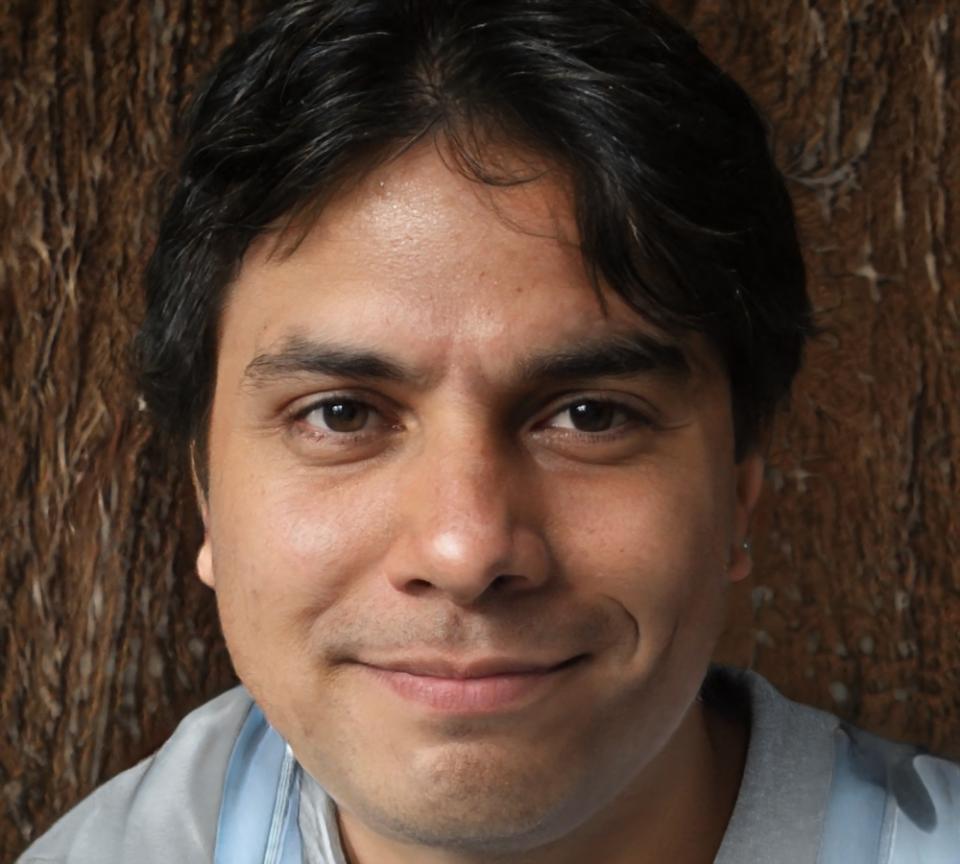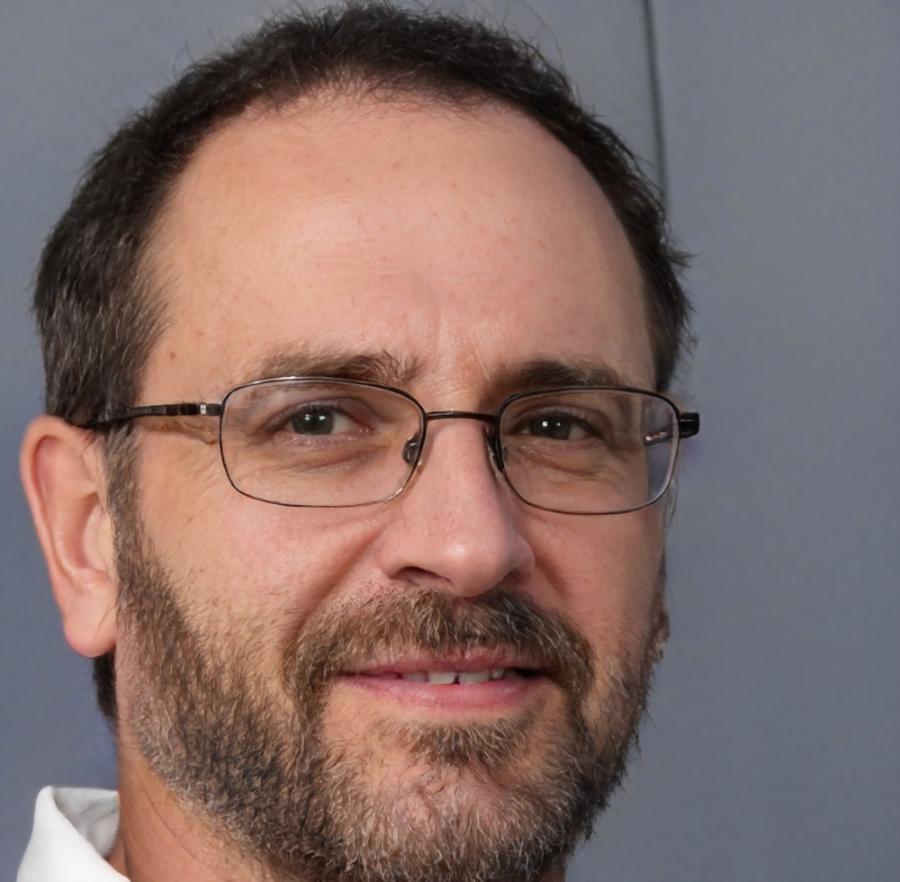Learning That Fits Real Work Schedules
Our program runs from September 2025 through February 2026. Classes happen Tuesday
and Thursday evenings from 6:30pm to 8:30pm Melbourne time, because most analysts can't
just disappear during work hours.
You'll work on models from actual companies—anonymized, but real. The assignment in
week four involves fixing a broken revenue forecast. Week eight covers building a quick
acquisition model under time pressure. Week twelve? Presenting your model to someone
who'll actually challenge your assumptions.
Between sessions, expect to spend about five hours per week building and refining
models. Some weeks will be lighter. Others, especially the valuation module in
November, will demand more time.
The program accommodates 24 participants. We review applications through July 2025
and confirm spots by mid-August.



